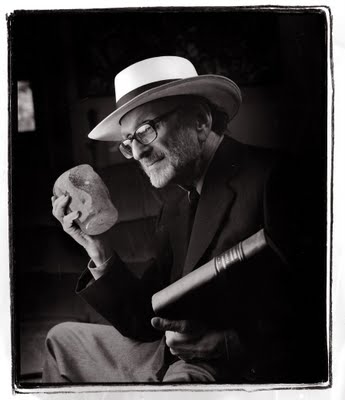
Re: Proposed relocation and expansion of the Vancouver Art Gallery:
For the benefit of the city and for the good of the Gallery, the institution should remain at its present site and should plan for a sensible, economic and feasible program of expansions to be carried out in a series of reasonable phases to take place over a number of decades.
1. The location bounded by Georgia, Robson, Hornby and Howe Streets is the most prestigious and fortuitous site for Vancouver’s major public art gallery.
2. The Gallery’s location is the most advantageous point in the City as a proud symbol of Vancouver’s cultural image both for its citizens and for visitors from around the world.
3. The building is a precious icon both for its aesthetic interest and for the fact that it represents some of the finest work of two of British Columbia’s finest architects: Francis Rattenbury and Arthur Erickson. Its use as a centre for fine art is eminently fitting, considering the historic contribution these architects have made to the development of the artistic culture of the Province.
4. The basic masterful adaptation of the building conceived by Arthur Erickson works exceedingly well functionally and aesthetically as a major art gallery.
5. For a skillful architect the ample spaces available for expansion under the Georgia Street lawn as well as the space between the main building and the annex offer a great variety of possibilities for expansion to satisfy the Gallery’s needs for several decades to come. Please note the recent brilliant additions to world famous galleries housed in heritage buildings such as the Louvre in Paris, the Art Institute of Chicago, and the Art Gallery of Ontario, to name just three. Many more could be cited.
6. Since the major structures now housing the VAG are intact and in good condition, the cost of expansion would be lower that starting from scratch with a monumental building at another location.
7. My discussions with some of our most distinguished architects and urbanists (Jim Cheng, Bruno Freschi, Bing Thom, Joe Wai and the regrettably late Peter Oberlander, among others) have corroborated all the opinions I have outlined above.
The Gallery’s proposal to occupy the entire precious city-owned sit abutting the Queen Elizabeth Theatre and Playhouse represents a callous indifference to the ongoing (remarkable and salubrious) urban development and cultural growth of the city. That site is urgently needed for several crucial urban requirements crying out for attention at the end of Robson Street, such as several layers of underground parking to accommodate the competition for parking for thousands of theatre-goers and sports fans crowding the large scale events nearby. If a theatre and concert hall (a la Chan Centre) were to be built at the Dunsmuir end of the site (highly appropriate to augment the developing theatre district of the area) enough space would remain for a vibrant public square containing restaurants , coffee shops and other amenities for the use of the public before and after attending nearby events. Not to mention ordinary daytime use for the staffs of surrounding institutions, office buildings and library users.
Besides being a stereotypical “concerned citizen” in love with Vancouver I believe I have some valid credentials as an advocate in the world of art, architecture and urban development. I beg your indulgence.
B.A. (cum laude), Harvard College. M.Arch., Harvard Graduate School of Design. Honorary Doctorate, Emily Carr U.
Member (retired) of the Architectural Institute of British Columbia (including honorary recognition). Fellow of the Royal Architectural Institute of Canada.
Several decades as U.B.C. professor of history of architecture and design, also teaching a special course in urban history. Visiting lecturer at the University of Victoria, Simon Fraser University, Istituto di Architettura (Venice), Waseda University (Tokyo), Vancouver Art Gallery, Montreal Gallery of Fine Art, Art Gallery of Ontario, International University of Art (Venice-Florence) the Canadian Embassy in Rome and the staff of the Vancouver Planning Department.
Life-long study of the functioning of the great art galleries of the world, cofounder of one the earliest commercial galleries devoted to contemporary art in Canada (mentioned in more than forty books on Canadian art). Advisor and consultant to various art galleries in Canada, including supervising the compilation of the complex program for the National Gallery (used by Moshe Safdie as a basis for his design of the present building). Besides acting as architectural advisor to National Gallery Director Jean Sutherland Boggs, I continued to advise her when she became Director of the Philadelphia Museum of Art and when she was appointed by Prime Minister Trudeau to head the Crown Corporation charged with overseeing construction of the National Gallery and the National Museum of Man. I was hired to create the guidelines for Concord Pacific’s program of public art (published as a book by the company). I also carried out a similar project for the District of North Vancouver (also published in book form).
I spent 1971-72 as Interim Director of the Vancouver Art Gallery and advised on the move from its old quarters on Georgia Street to the refurbished Court House.
I have written extensively on art, architecture, and urban development for Canadian and international publications in the U.S., Great Britain, Italy and German Public Radio.